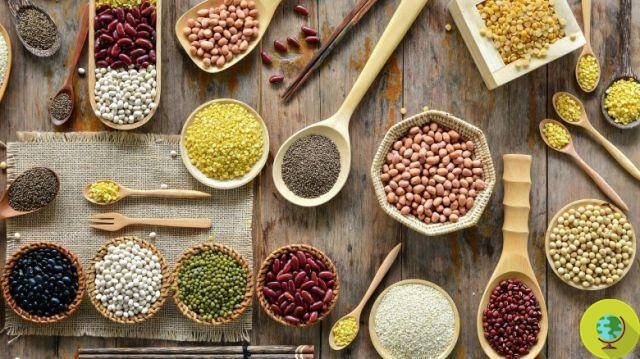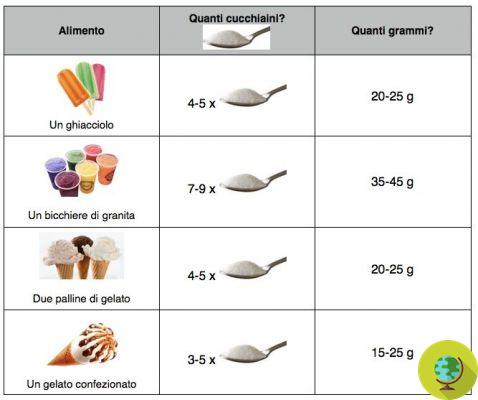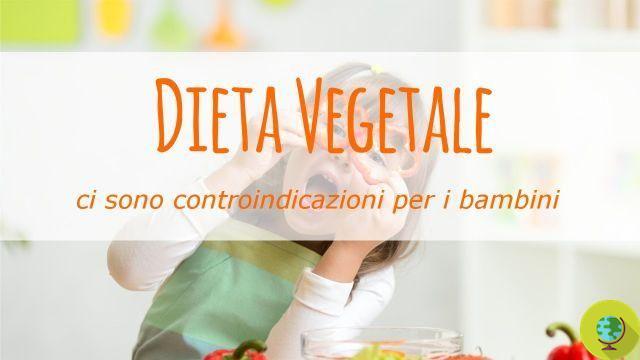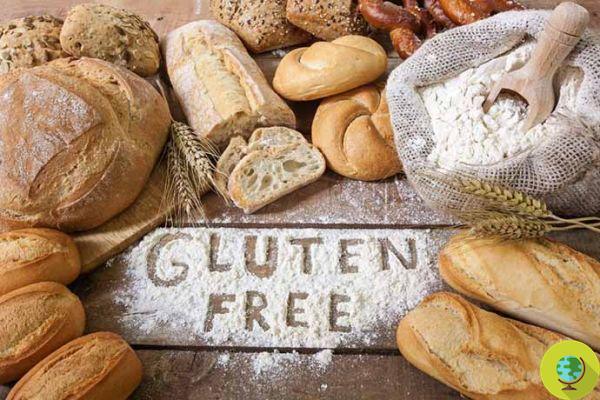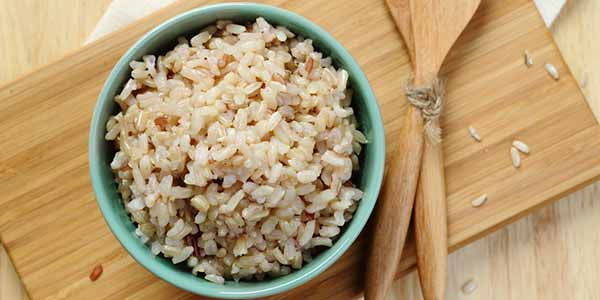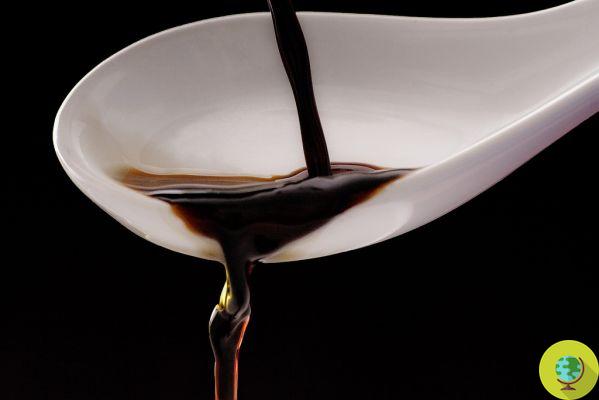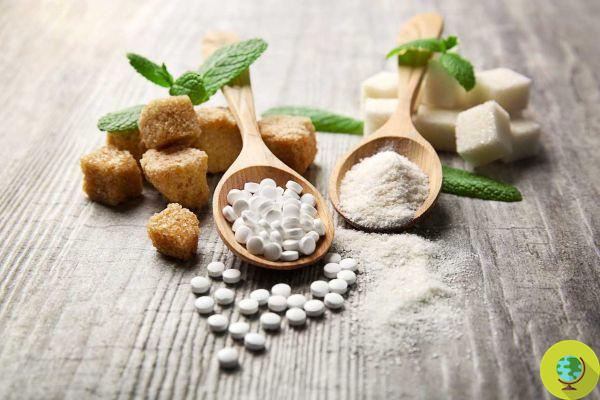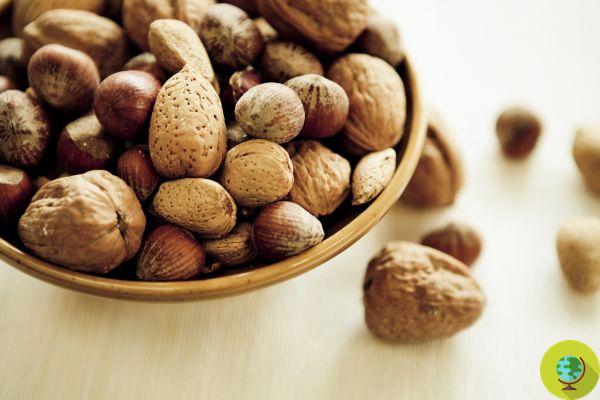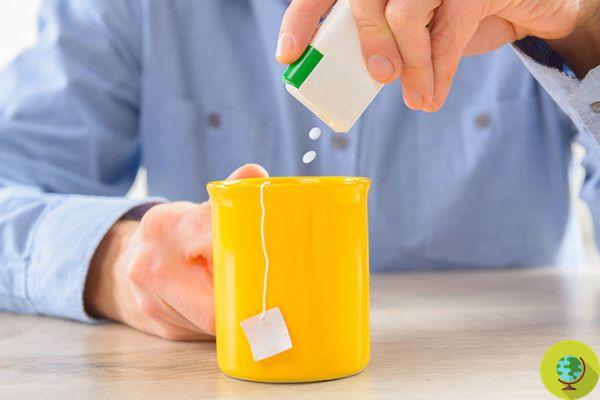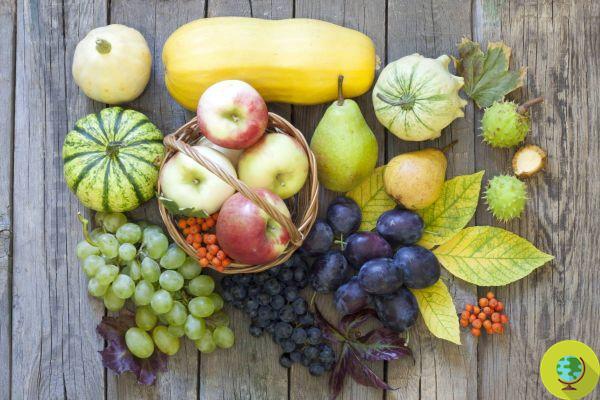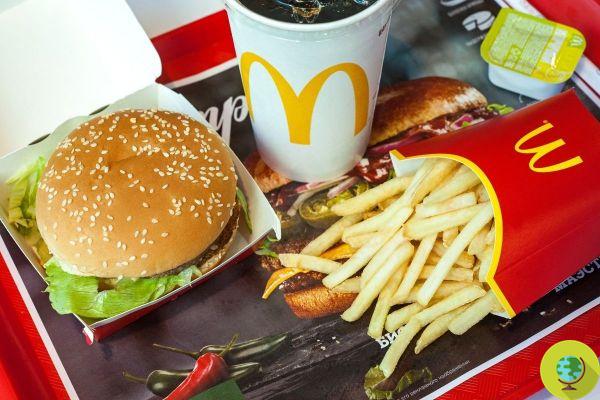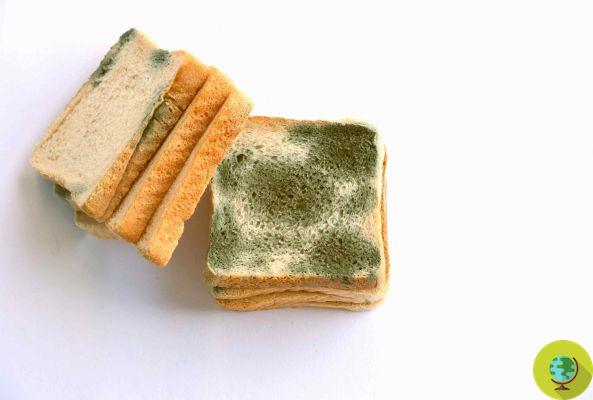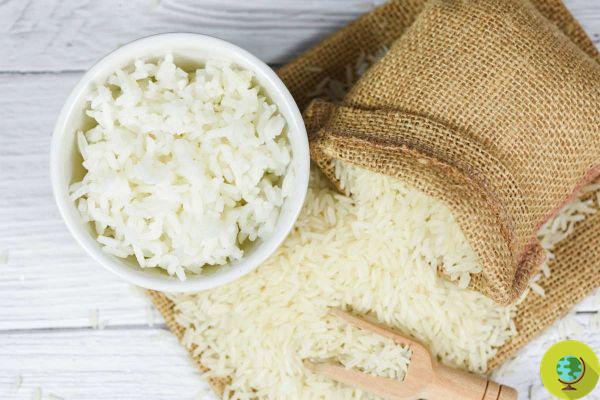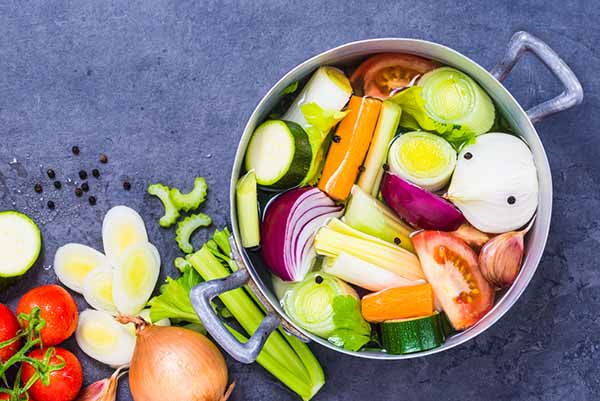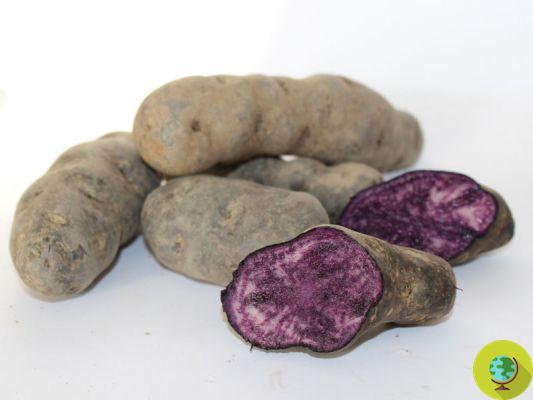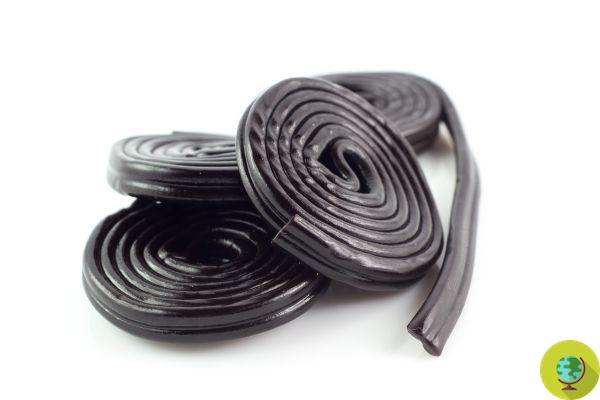As we know, most packaged products contain different food additives used to preserve, color, flavor, etc. in short, make sure that food and drinks are more pleasing to the eye, good in flavor and long-lasting. Today we focus on caramel E150 dye. What is it about exactly?
Don't store avocado like this: it's dangerous
As we know, most of the packaged products contain different food additives used to preserve, color, flavor, etc. in short, make sure that food and drinks are more pleasing to the eye, good in flavor and long-lasting. Today we focus on caramel E150 dye. What is it about exactly?
When we talk about caramel we generally mean that compound made with water and sugar with a characteristic brownish color and sweet taste. The food industry, with the aim of making drinks and food more palatable, it uses different types of chemical origin all contained under the initials E150.
Index
Caramel E150: types
On the food and drink packages we can find the initials E150 followed by a letter: a, b, c, d. But what are the differences? Depending on the reagent (ammonia, sulphite or no reagent) with which the caramel is made, this is divided into:
- E150a: plain caramel
- E150b: caustic sulfite caramel
- E150c: ammonia caramel
- E150d: ammonia caramel sulphite
Under accusation, as for possible effects on the health of consumers, it has ended up several times above all the caramel E150d but also the E150c, or those made on an ammonia basis. These, according to various studies, would be able to release some potentially carcinogenic substances.
Caramel E150: where it is
The problem, as always, is that food additives (including E150) are found in countless products and therefore it is not that difficult to abuse it without even realizing it. We can indeed find the different types of caramel in:
- Soft Drinks
- Icicles
- Ice cream
- Biscuits
- Preserves
- sauces
- Soups
- balsamic vinegar
- Dark bread
- Beer
- Whisky
But in general in many other packaged foods. As always we advise you to read the labels carefully of the products you buy.

Caramel E150, the expert's opinion
To know more about this additive e understand if it is really dangerous for our health we asked Veronica Di Gaetano, Nutritionist Biologist and Food Technologist, for an opinion. Here's what she told us:
What exactly is E150 caramel, where is it most frequently found and why does the food industry use it?
“E150 caramel falls into the class of food additives in particular it is a artificial dye, a sugar treated with sulfuric acid and ammonia. There are 4 types of caramel coloring E150 and they are identified with the letters a, b, c, d, all used by the food industries to give the characteristic caramel color and making the product more pleasing to the consumer's sight. These dyes are found in many drinks, from colas to chinotto, ginger, tea, beers, spirits, digestive liqueurs, in many candiesin balsamic vinegars and soy sauces, in different confectionery products such as biscuits, frozen desserts, ice creams, snacks, slimming bars, caviar substitutes, dark bread and many other packaged foods ".
Are there any studies that have proved its danger?
“A byproduct of the E150c - E150d dyes has been indicted which is the 4-MEI (4 methylimidazole), unwanted residue from the production process of ammonia based caramels. The research was conducted by IARC, the WHO International Agency for Research on Cancer, which ranked 4-MEI among the 249 substances potentially carcinogenic to humans, that is, in the so-called group 2B. 4-methylimidazole was tested for carcinogenicity in mice and rats and caused an increase in the incidence of carcinomas of the alveoli and bronchi in male and female mice, and of leukemia in female mice. 'The mechanism of carcinogenesis has not yet been clarified,' explains the IARC. Other constituents have also been screened, such as 2-acetyl-4-tetrahydroxybutylimidazole (THI), deriving from the production process of caramel E150c ".
Has a maximum dose been established that should not be exceeded?
"After a careful review of the scientific literature on 4-MEI, the European Food Safety Authority (EFSA) Panel on Food Additives and Nutrient Sources Added to Food (ANS) found that the highest level high exposure to 4-MEI that could result from the consumption of foods containing the dyes E150c and E150d is not of concern. Therefore, the maximum level established for E150 dyes is 300 mg per kg of body weight per day (mg / kg bw / day), except for caramel E150c, for which it was fixed a more restrictive Acceptable Daily Intake (ADI) of 100 mg / kg bw / day. This different evaluation depends on the fact that in the caramel E150c the presence of the compound THI (2-acetyl-4-tetrahydroxybutylimidazole) was detected, which could have negative effects on the immune system ".
How can we avoid it?
“The real problem is that the dosage of the additives is not indicated on the labels of the various foods and beverages and therefore the consumer cannot know the actual quantity ingested. For this reason, EFSA asks industry to reduce it to the minimum technologically possible. In fact, the note from the European Food Safety Authority reads: 'Adults and children who consume a lot of foods containing these dyes can exceed the acceptable daily doses established for three of the dyes in question (E150a, E150c, E150d), in the event that these dyes are used at the highest levels reported by the industry '. Furthermore, it must be considered that many of the foods that contain this dye are among the products that are often offered to children too often. Obviously the child having a smaller body surface area than the adult is more exposed to an overdose and therefore at a greater risk to his health. For a 15 kilo child, in fact, it would be enough eg. eat about 4 candies and drink a can of the soft drinks in question to get to the overdose ".
You may also be interested in:
- Is caramel harmful to health?
- Does Pepsi continue to use potentially carcinogenic artificial caramel?
- Fizzy drinks: one can per day increases the risk of cancer
For this reason the general rules recommended by Dr. Di Gaetano are:
- 1. Making sporadic use of all packaged products, in particular those containing the aforementioned caramels, visible indication in the ingredients
- 2. Especially avoid the cumulative effect, since individually the product could be harmless but the ingestion of different foods in the same day leads to an overdose of the dye with consequent potential health risk
- 3. Pay close attention to the amount of additives that children ingest which must absolutely not be the same as that which an adult can ingest, a mistake that unfortunately recurs frequently
- 4. Prefer fresh, seasonal products as much as possiblee and in the packaged sector, those with fewer additives.
Photo: whiskyscience




